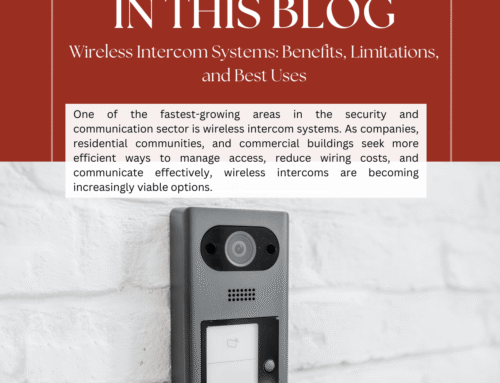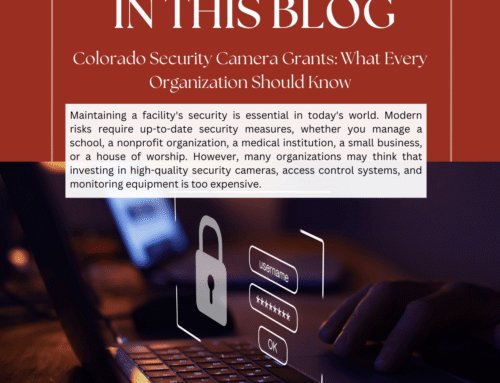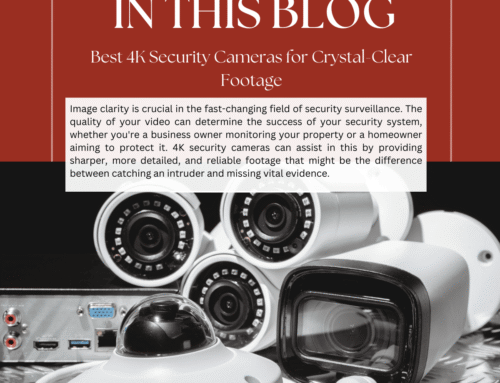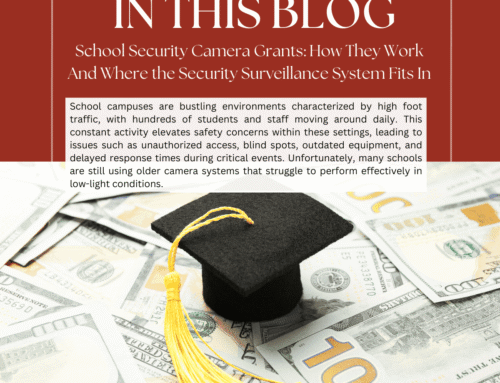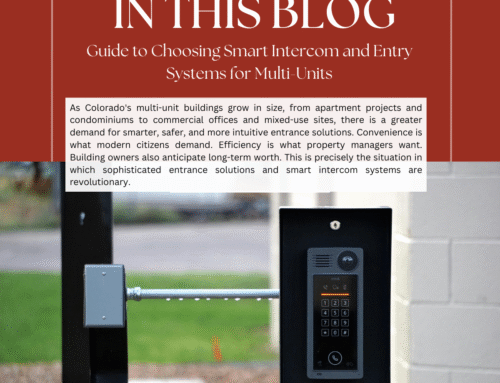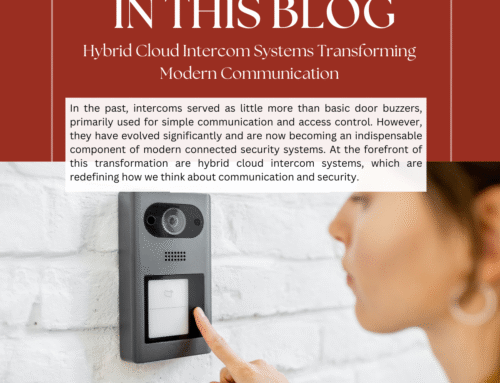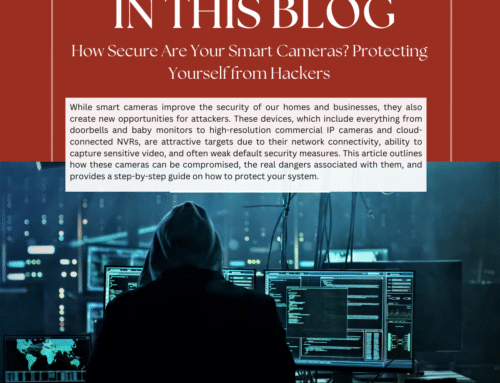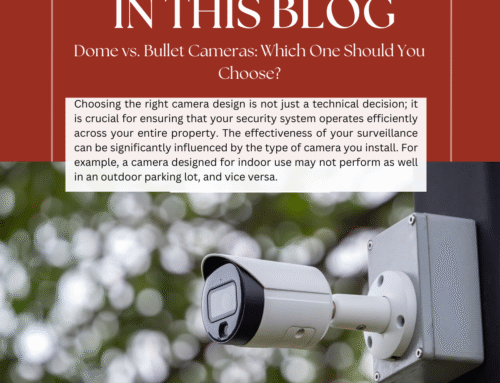Card Readers vs. Keypads vs. Biometric Access: Which One is Best?
The conventional lock and key are no longer sufficient at a time when security is of utmost importance. Given that the worldwide market for physical access control systems was estimated to be worth an. Astounding US 8.1 Billion dollars in 2022 and is projected to grow to US 21 billion dollars by 2032, it is clear that risks have increased in tandem with improvements in physical security, which has resulted in the development of door access control systems. These devices, which range from key fob biometric door scanner, provide a combination of ease and control in addition to improved security.
Knowing the specifics of access control systems is essential, whether you’re a homeowner looking for peace of mind or a company owner protecting important data. As we transition from commonly used keycards to contemporary biometric solutions, this log will assist you in making well-informed judgements regarding your access control security requirements.
What is a door access control system?
An electronic access control solution called a door access control system is made to control and limit who is allowed to enter a security door in a certain space or building. Modern door access control systems employ electronic procedures to verify, authorize and audit entrance, in contrast to older access control methods that rely on physical items and manual labor.
These systems are a combination of software and hardware elements for access control. They guarantee that only those with the proper credentials can enter the protected area by providing a smooth interface between the individual using it and the area in question. These systems, which make use of technology, offer a more reliable, adaptable, and effective means of securing buildings, whether they are residential or commercial.
Choosing the appropriate access control system is essential to protecting your property in the quickly changing security landscape. Since 2006, the security surveillance system has led the way in offering state-of-the-art security solutions throughout Colorado. We have experience with door entry systems, wireless surveillance, home security cameras and complete access control systems.
Making an educated choice can be aided by being aware of the subtle differences between various access control techniques. Let’s examine the three main systems: biometric, keypads, and card readers
Card readers: Effective and Monitoring
How they operate: magnetic stripe or RFID cards are used by card readers. To obtain access, users show their cards to a reader.
Advantages:
- Fast access: easy card tapping or swiping allows for quick entry.
- User monitoring: give each person a unique card so that thorough access logs are possible.
- Scalability: perfect for business with lots of users.
Cons:
- Card misplacement: security problems may arise from misplacement or stolen cards.
- Sharing: card sharing has the potential to jeopardize security.
- Maintenance: consists of continuous card issue and deactivation management.
Ideal for: companies, academic institutions, and establishments with several departments that need regulated access.
Keypads: Easy to Use and Economical
How they operate: to open doors, users enter a numerical number on. A keypad.
Advantages:
- No physical tokens: this removes the need for keys or cards.
- Easy installation: simple setup and simple functionality
- Cost-effective: a cost-effective option for smaller properties.
Cons:
- Code sharing: unauthorized access may result from shared codes.
- Wear patterns: keys that are used frequently may exhibit wear that suggests the code.
- Limiting tracking: difficult to trace unique user access unless individual codes are assigned.
Ideal for: low-traffic areas, residential buildings and small workplaces.
Biometric entry: Tailored Protection
How they operate: biometric systems employ unique physical traits, such as fingerprints, face recognition, or iris scans, to authenticate people.
Advantages:
- Improved security: since biometric information is specific to each person, it is less likely to be accessed by unauthorized parties.
- Removes physical tokens: cards and codes are no longer required.
- Comprehensive logs; in-depth documentation of situations involving access.
Cons
- Greater initial investments: high-end technology is more expensive.
- Privacy issues: some users might be reluctant to divulge their biometric information.
- Error potential” recognition may be impacted by elements such as unclean sensors or small wounds.
Ideal for: modern smart buildings, research centers, high-security zones.
Comparative Overview
| Features | Card readers | Keypads | Biometrics |
|---|---|---|---|
| Security levels | Medium | Low-medium | High |
| cost | Medium | Low | High |
| convenience | High | Medium | High |
| Risk of sharing access | Medium | High | Low |
| Ideal for | Business | Home/small office | High-security area |
How can you select the best door access control system?
A crucial choice that affects more than just security is choosing the appropriate door access control system. It all comes down to selecting. A system that works well with your operational flow, complies with your security requirements, and offers users an easy-to-use interface. But how can you make an informed and wise decision when faced with so many possibilities, such as key cards, biometrics, and multi-factor systems?
Recognize your needs for security.
It’s important to have a clear idea of what you want from your access control system before getting into the details.
- Security level: varying security levels are required in various contexts. Determine what is best for you
- User traffic: determine how many people are using and accessing events. Areas with heavy traffic may choose quick access options.
Integration with current frameworks:
Your new solution shows argument and supplement your current security architecture rather than operating in a vacuum.
- Compatibility: make sure that existing technologies, such as video surveillance, integrate seamlessly.
- Upgradability: select a system that can be adjusted to new technologies and is prepared for the future.
User Experience
The most effective system has low learning curves and is easy for consumer use.
- Easy to use: to guarantee seamless everyday operations, give priority to usability.
- Training: consider the administrators’ and users’ training requirements.
Implications for costs:
Making a budget is essential. Examine the long-term financial efforts in addition to the initial expenses.
- Making a budget is essential. Examine the long-term financial effects in addition to the initial expenses.
- Initial investment: take into account possible infrastructure modifications, software, and installation.
- Maintenance: take into consideration recurring expenses, system upgrade, and possible replacement.
Compliance and data security:
In the current digital era, data security is critical. Make sure your system complies with regulations and is safe.
- Data protection: compliance with data protection standards is mandatory.
- Compliance: adhere to national and international security and data management laws.
Dependability of vendors:
The quality of your system depends on the team who developed it. Be careful when selecting your merchant.
- Reputation: choose a supplier with a stellar reputation in the field of access control.
- Support: make sure they provide strong support and are there for you when you need them.
Frequently Asked Questions (FAQ’s):
-
What kind of access control is the safest?
Answer: Biometric access, because it depends on distinctive physical characteristics, such as fingerprints or face recognition, that are practically difficult to copy or transfer, it is often the most secure method.
-
Is it possible to mix various access control techniques?
Answer: Indeed! Actually, a lot of companies employ a multi-layered strategy, including biometrics for high-security locations, card readers for staff areas, and keypads for general access. A security surveillance system can provide a solution specifically tailored to your requirements.
-
Is the biometric system safe and private?
Answer: Sure, as long as it’s set up properly. To ensure data privacy and security, the majority of biometric systems save fingerprint or face data as encrypted templates rather than real photographs
-
What happens in the event that a card is stolen or lost?
Answer: A misplaced card can be swiftly deactivated and replaced in a card-based system without impacting other users or altering locks.
-
Are keypads becoming irrelevant?
Answer: Absolutely not, keypads are still commonly utilized, particularly in small company and domestic settings. Particularly when combined with user-specific PIN numbers, that provide basic access control, are inexpensive, and are simple to install.
-
How much does it cost to install access control?
Answer: The kind and size of the system affect the cost. Keypads are normally the most economical, whereas biometric systems tend to be more expensive due to their complex technology. For a free on-site evaluation and prices, get in touch with the security surveillance system team.
-
Can I control these systems, if I am away?
Answer: Of course. You can give access, track usage, and get warnings from any location with modern access control systems that are administered using cloud platforms and mobile apps.
-
Do these systems function when there is no power?
Answer: Indeed, the majority of professionally installed systems, including those from security surveillance systems, have battery backups to guarantee continuous functioning in the event of power outage.
To conclude, depending on your surroundings, budget, and unique security requirements, you may choose between card readers, keypads, and biometric entry solutions. Each approach has benefits: card readers provide trackable access; biometric provider superior security and keypads are easy to use and reasonably priced.
We at security surveillance systems provide scalable, personalized access control systems for your technology required to safeguard what matters most, having served homes and businesses throughout Colorado for almost 20 years.
Let our professionals help you. Take the first steps towards safer, and more intelligent access control by getting in touch with us now for a free consultation and site evaluation.



